Venture into Virgin Media: A Digital Powerhouse redefining the concept of connectivity
Packing Guide for a Backpacking Trip to Spiti: Essentials for an Unforgettable Adventure
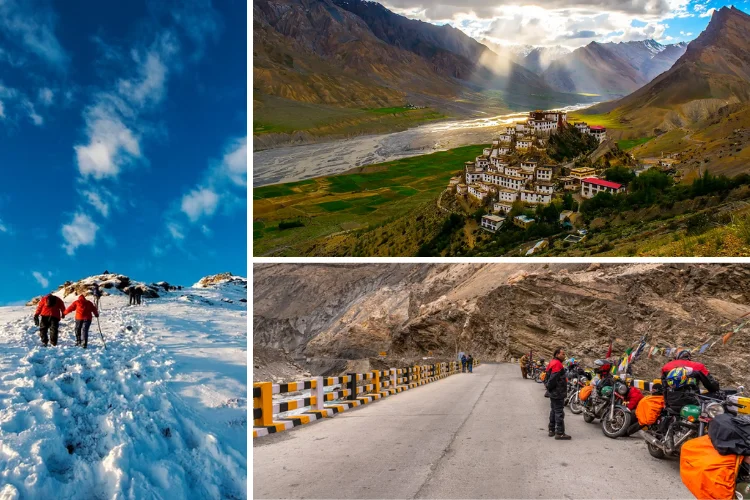
Located deep in the Himalayas, Spiti Valley is not a place in itself; it is a feeling. The Spiti valley, dubbed the Middle Land between India and Tibet is a breathtaking combination of the rugged mountain range, antique monasteries, skies filled with stars and a culture that is not affected by time. It is a dream come true to the backpackers, who get the secluded, spiritual and adventure in the same package in terms of appearance.
However, the first thing you need to do before embarking on this life-long trip is preparation. The landscape may be favorable, the climate erratic, and the altitude too high to tolerate. Proper packing will be the difference between a pleasant trip that is easy to remember and a challenging one.
This is the ultimate packing list to make sure you are well equipped to go to the Spiti Valley adventure regardless of what the Himalayas will put in your path.
1. Clothing
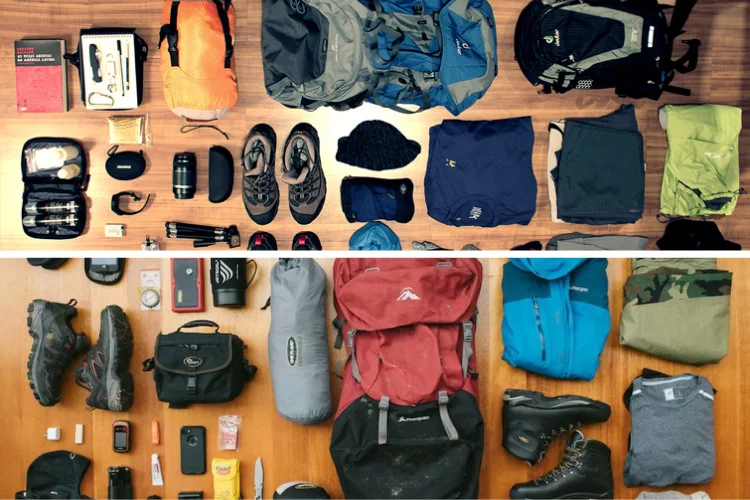
The weather at Spiti would be alternating between hot sunshine and icy wind within a few hours. The golden rule is to dress in layers.
Base Layers: Begin with moisture-wicking base layers that ensure that your skin is not exposed to sweat. Your friends in this case are lightweight merino wool or quick-dry synthetics.
Wear Layers: Put on a body heat-trapping layer, such as fleece jackets, down pullovers, or wool sweaters, on cold evenings or cold nights at elevation.
Outer Layers: Have a good waterproof and windproof jacket – this is needed when it suddenly rains or snows or there is a strong wind. Get one that is durable and breathable.
Trekking Pants & T-shirts: Pack trekking pants and a few T-shirts in speedy fashion. Cotton will do you no good, as soon as it gets wet, then you are cold and uncomfortable.
Thermal Wear: On the nights when you will be staying in the camps or homestays, your thermal top and bottom will be your savior.
Accessories: Warm gloves, woolen caps, scarves, buffs, and UV-defensive sunglasses should not be forgotten. The sun in Spiti is mean and even a mere breeze can be painful to your face.
Pro Tip: Layering is easy to adapt to, just take off or add on layers depending on the temperature.
2. Footwear
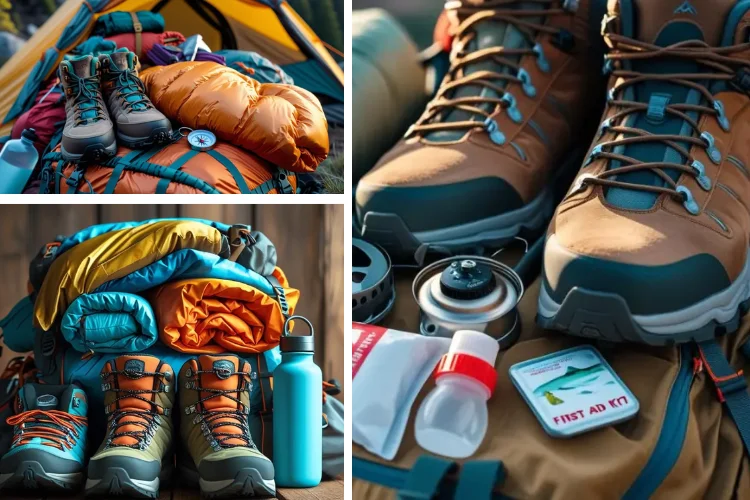
Your feet will take you over rough roads, dusty tracks, and rugged slopes, they must be given the best protection you can give them.
Trekking Boots: Buy comfortable and waterproof trekking boots that have ankle support. Broken before you drive away blisters.
Socks: Buy 3 to 5 of wool or synthetic blend sock packs: to keep your feet dry and warm. Cotton socks should be avoided.
Camp Shoes: You will need to have comfort after the long exaltations. Carry two light sandals or slippers to walk around at night or take short walks in camp.
Pro Hack: Have some blister plasters or even tape in your first aid kit – just in case your boots give you early trouble.
3. Gear and Equipment
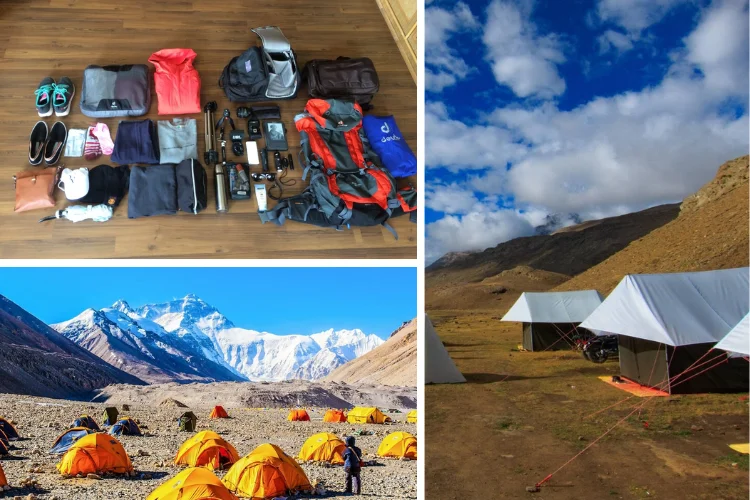
To the backpackers, your equipment is your life line. Select quality rather than quantity and emphasize on weight efficiency.
Backpack: Select a 50-70L large cross-country backpack that has adequate back support, straps, and a rain cover.
Daypack: A small 15-20L daypack is the best when it comes to going out on a shorter hike or checking out the local sights just in time to carry some water, snacks, a jacket, and your camera.
Sleeping Bag: It can get as low as -20 even in summer in Spiti. Carry a sleeping bag that is designed to work in sub-zero temperatures and compress it in a sack to conserve space.
Sleeping Pad: An additional comfort and protection against the cold ground.
Tent: When camping, make sure you bring a lightweight, waterproof tent which is capable of withstanding heavy winds.
Pro Tip: Pre-test your equipment – Before you go out on the road, put up your tent and test your backpack fit.
4. Food and Water
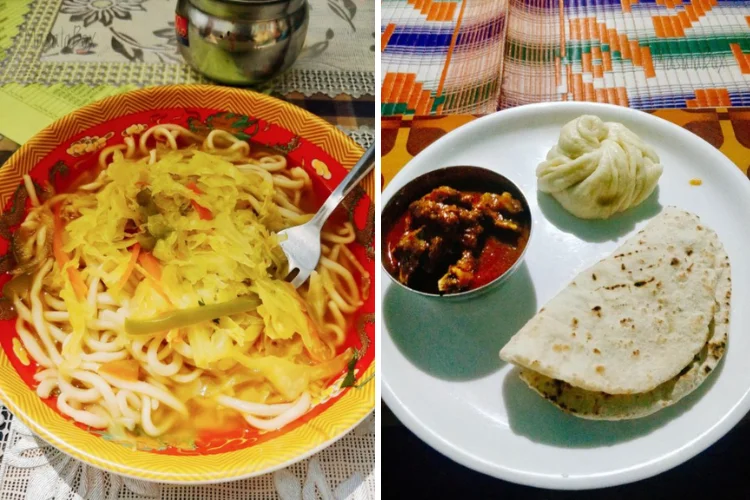
Although Spiti has local restaurants and homesteads, you will have to go a long distance without food joints when you are on treks.
Water Bottle and Purification: Always have a well built refillable water bottle, water purification tablet or filter, because clean water is not always available.
Snacks: Always have energy bars, dry fruits, nuts, and chocolate as snacks.
Cooking Equipment: When going camping, a lightweight portable burner, lightweight utensils and waterproof matches will be needed.
Pro Tip: Do not bring too much food, only bring a sufficient amount of food on your trek days. In local villages around the way you will find local meals.
5. Personal Items

The isolation of Spiti requires that people are self-sufficient.
First Aid Kit: bandages, antiseptic, painkillers, altitude sickness tablets, personal medication.
Toiletries: Biodegradable soap, toothpaste, toothbrush, and tissues. Have sanitizer and wet wipes to make a quick clean up.
Sunglasses and Lip Balm: The sun at the high altitude is intense- always remember the SPF 50+ sunscreen and SPF lip balm.
Insect Repellent: Useful in lower altitude accommodation or in the monsoon months.
Pro-tip: Bring small garbage bags to dispose of the waste products, leave no trace in this delicate ecosystem.
6. Gadgets & Accessories

Although Spiti is the dream of digital detox, a couple of smart devices can make your experience a bit more special.
Camera: The sceneries are bizarre– bring a DSLR or mirrorless camera together with additional batteries and SD memory cards.
Phone & Power Bank: Power is unreliable, and it is better to have a big battery power bank on hand and save offline maps before going.
Headlamp: Headlamp or flashlight with extra batteries are important when making early hikes and camping at night.
Travel Journal: Spiti alters all who visit it – write down about your trip so that you can live it again in the future.
Pro Tip: The network coverage is poor. This is because BSNL operates in the majority of remote locations, and you should use your phone as an emergency first aid, but not as a lifeline.
Last Minute Advice: Travel Light, Travel Mindfully
The experience of backpacking Spiti is not as much about the trip itself but rather about living directly and related to nature, culture and self. And pack wisely, take good care of the world around us and be ready for everything, quiet monasteries and headlong mountain passes.
Each pound that you have in your backpack must have its purpose, comfort, safety, or happiness. And when you are there, lose the burden of the world, and take in the fresh mountain air, and be meekened and inspired by the vastness of Spiti.
In Spiti, people do not travel, they change.
